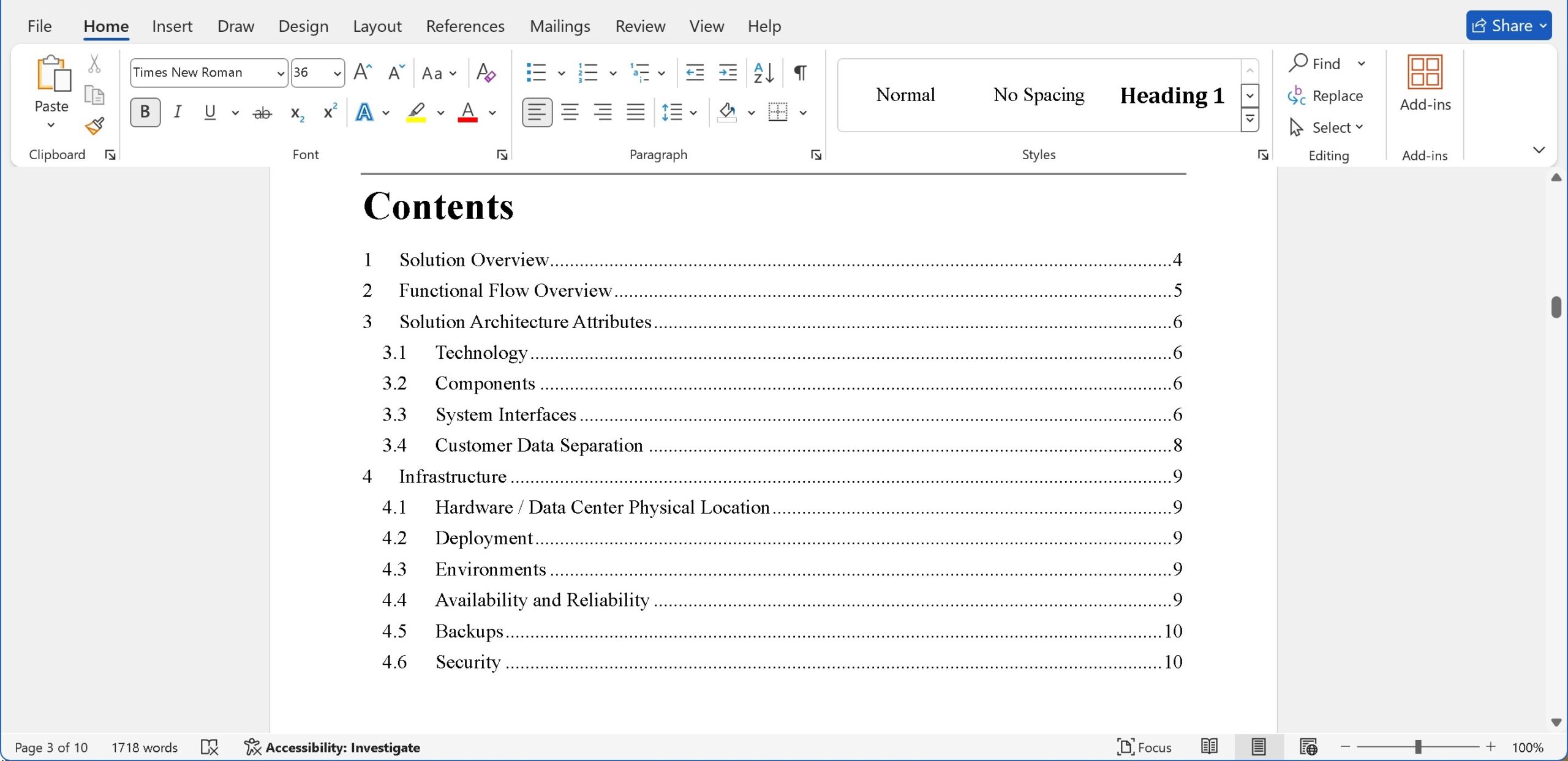
When it comes to creating structured and professional documents in Microsoft Word, multilevel numbering is an essential tool. Whether you’re working on a lengthy report, a detailed manual, or a legal document, properly numbered headings help ensure that your content is easy to navigate and understand. In this guide, we’ll explore how to use multilevel numbering in Word, as well as other tips to enhance the organization and clarity of your documents.
Why Multilevel Numbering Matters
Multilevel numbering isn’t just about making your document look organized—it’s about making it functional. By using numbered headings, you can create a hierarchy of information that is instantly recognizable to your readers. This hierarchy allows users to see the relationship between different sections at a glance, making your document much easier to navigate.
For example, in a report, you might have a main heading for each chapter, subheadings for major topics within each chapter, and even more specific headings within those topics. Proper numbering helps readers quickly identify the main points and how they relate to each other.
Setting Up Multilevel Numbering in Word
Setting up multilevel numbering in Word is straightforward, but it’s important to follow the steps carefully to avoid issues later on. Here’s how to get started:
- Open Your Word Document: Begin by opening your document and placing the cursor where you want your numbered list to begin.
- Apply Heading Styles: Before you can set up multilevel numbering, you need to apply heading styles to your document. Word uses these styles (Heading 1, Heading 2, etc.) to determine which headings should be numbered. To apply a heading style, highlight the text you want to format, then go to the Home tab and choose a heading style from the Styles group.
- Set Up Multilevel Numbering: With your heading styles applied, you’re ready to set up multilevel numbering. Go to the Home tab, then click on the Multilevel List button in the Paragraph group. From here, choose a list style that matches your needs. Word offers several built-in styles, or you can customize your own.
- Customize Your Numbering: If you want to create a custom numbering scheme, click on the Define New Multilevel List option. This will open a dialog box where you can define how each level of your headings should be numbered. You can choose different numbering formats (e.g., 1, 1.1, 1.1.1) and even add text before or after the numbers.
- Apply Multilevel Numbering to Headings: Once you’ve set up your numbering scheme, you can apply it to your headings. Simply click on a heading and select the appropriate level from the Multilevel List button.
Troubleshooting Common Issues
Despite its usefulness, multilevel numbering in Word can sometimes be frustrating. Here are a few common issues and how to fix them:
- Numbering Restarts: Sometimes, Word restarts numbering unexpectedly. This can happen if the heading styles aren’t properly linked to the multilevel list. To fix this, right-click on the problematic number, choose Set Numbering Value, and select Continue from previous list.
- Inconsistent Numbering: If your numbers aren’t consistent, make sure all your headings are using the correct styles. Inconsistent formatting can cause Word to treat similar headings as different levels.
- Broken Lists After Editing: Editing a document, especially cutting and pasting sections, can sometimes break your multilevel numbering. To fix this, go through your document and reapply the appropriate heading styles and numbering levels.
Enhancing Your Document Beyond Numbering
Multilevel numbering is just one part of creating a professional and easy-to-read document. Here are a few additional tips to enhance your Word documents:
- Use Cross-References: Cross-references are hyperlinks within your document that point to other parts of the text. They’re particularly useful in longer documents where readers might want to jump between sections. To insert a cross-reference, go to the Insert tab, click Cross-reference, and choose the type of reference you want to insert (e.g., to a heading, figure, or table).
- Create a Table of Contents: Once your headings are properly numbered, you can generate a Table of Contents (TOC) with just a few clicks. Go to the References tab and click Table of Contents. Word will automatically create a TOC based on your numbered headings, making it easy for readers to navigate your document.
- Use Section Breaks: If your document has different sections that need distinct formatting (e.g., different headers, footers, or page orientation), use section breaks. Go to the Layout tab and select Breaks. From there, choose the type of section break you need.
- Customize Your Styles: Word’s default heading styles are functional, but they might not match your document’s design. You can customize these styles to change the font, size, color, and spacing of your headings. Just right-click on the style in the Styles group and choose Modify.
- Leverage Templates: If you frequently create documents with similar formatting, consider using a template. Word offers many templates that are already set up with multilevel numbering, tables of contents, and more. You can also create and save your own templates to streamline your workflow.
Conclusion
Multilevel numbering in Word is a powerful tool that can greatly enhance the structure and readability of your documents. By following the steps outlined in this guide, you can create well-organized documents that are easy for readers to navigate. And by exploring additional features like cross-references, tables of contents, and customized styles, you can take your documents to the next level. Whether you’re drafting a business report, writing a research paper, or putting together a manual, mastering multilevel numbering and more in Word will make your work more professional and polished.
If you’re ready to get started, open your document in Word, apply your heading styles, and begin organizing your content with multilevel numbering. With a little practice, you’ll find that this feature is indispensable for creating clear, structured, and professional documents.